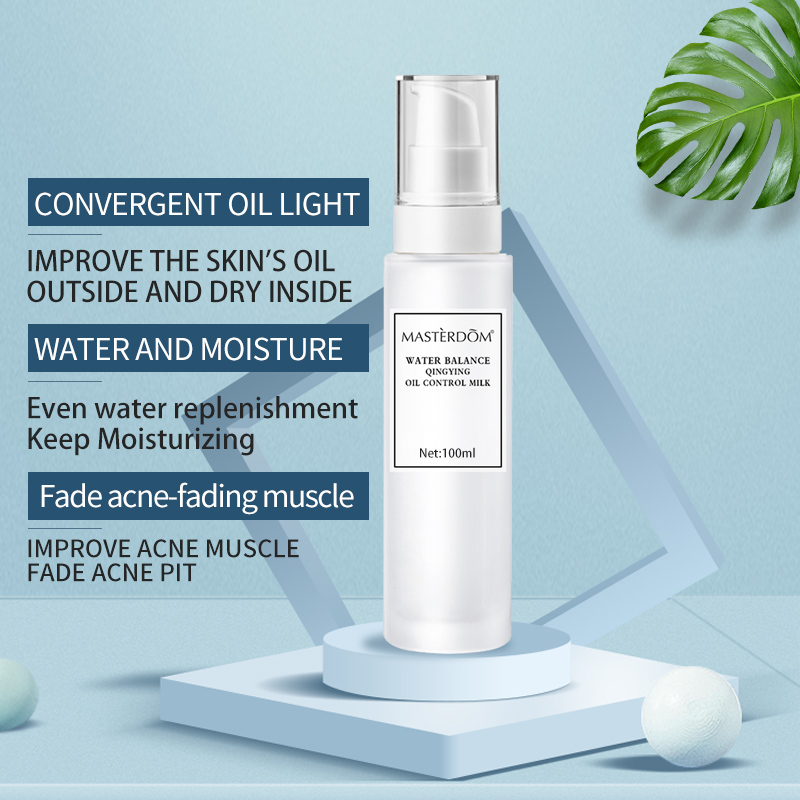Cosmetics have become an essential part of our daily lives. Whether it’s makeup, skincare, or haircare products, we rely on them to enhance our appearance and boost our confidence. But have you ever wondered what goes into these products that make them so effective? In this article, we will explore the main ingredients of cosmetics and understand how they work.
One of the key ingredients found in cosmetics is moisturizers. These help hydrate and nourish the skin, keeping it soft and supple. Common moisturizing ingredients include glycerin, hyaluronic acid, and shea butter. Glycerin attracts moisture from the environment and locks it into the skin, while hyaluronic acid has the ability to hold up to 1000 times its weight in water, providing intense hydration. Shea butter is rich in fatty acids, which help restore the skin’s natural barrier and prevent moisture loss.
Another important group of ingredients in cosmetics is antioxidants. These protect the skin from free radicals, which are harmful molecules that can cause premature aging and damage to the skin cells. Vitamin C, vitamin E, and green tea are popular antioxidants found in many skincare products. Vitamin C brightens the skin, evens out the skin tone, and stimulates collagen production. Vitamin E repairs and protects the skin from environmental damage. Green tea is packed with polyphenols, which have anti-inflammatory and antioxidant properties.
When it comes to makeup, pigments are the star ingredients. These provide color to our products, allowing us to achieve the desired look. Pigments can be either natural or synthetic. Natural pigments are derived from minerals or plants, while synthetic pigments are chemically produced. Mica is a common natural pigment used in cosmetics, providing a shimmering effect. On the other hand, synthetic pigments give us vibrant and long-lasting shades.
Emulsifiers are another important component in cosmetics, especially in skincare products. These ingredients help bind oil and water-based ingredients together, creating a stable and uniform texture. For example, cetearyl alcohol is a commonly used emulsifier that also provides a soft and smooth feel to the skin. Emulsifiers allow the products to spread easily, penetrate the skin, and deliver the desired benefits.
Lastly, preservatives play a crucial role in cosmetics by preventing microbial growth and prolonging the shelf life of the products. Without preservatives, cosmetics would be prone to contamination by bacteria, mold, and fungi. Parabens, phenoxyethanol, and benzyl alcohol are commonly used preservatives. However, due to concerns about their potential side effects, many brands are now opting for natural preservatives, such as grapefruit seed extract and rosemary extract.
In conclusion, cosmetics are a blend of various ingredients carefully formulated to provide specific benefits. Moisturizers, antioxidants, pigments, sunscreens, emulsifiers, and preservatives are some of the key components that make cosmetics effective and long-lasting. Understanding these ingredients can help us make informed choices when it comes to selecting the right products for our skincare and beauty needs.
Post time: Nov-17-2023











